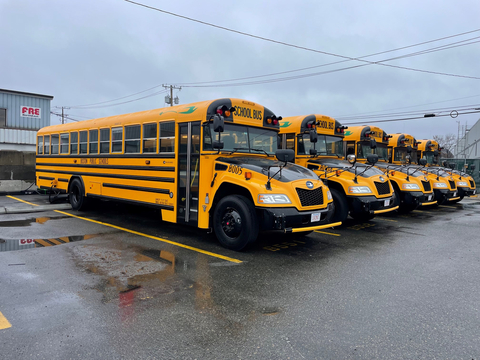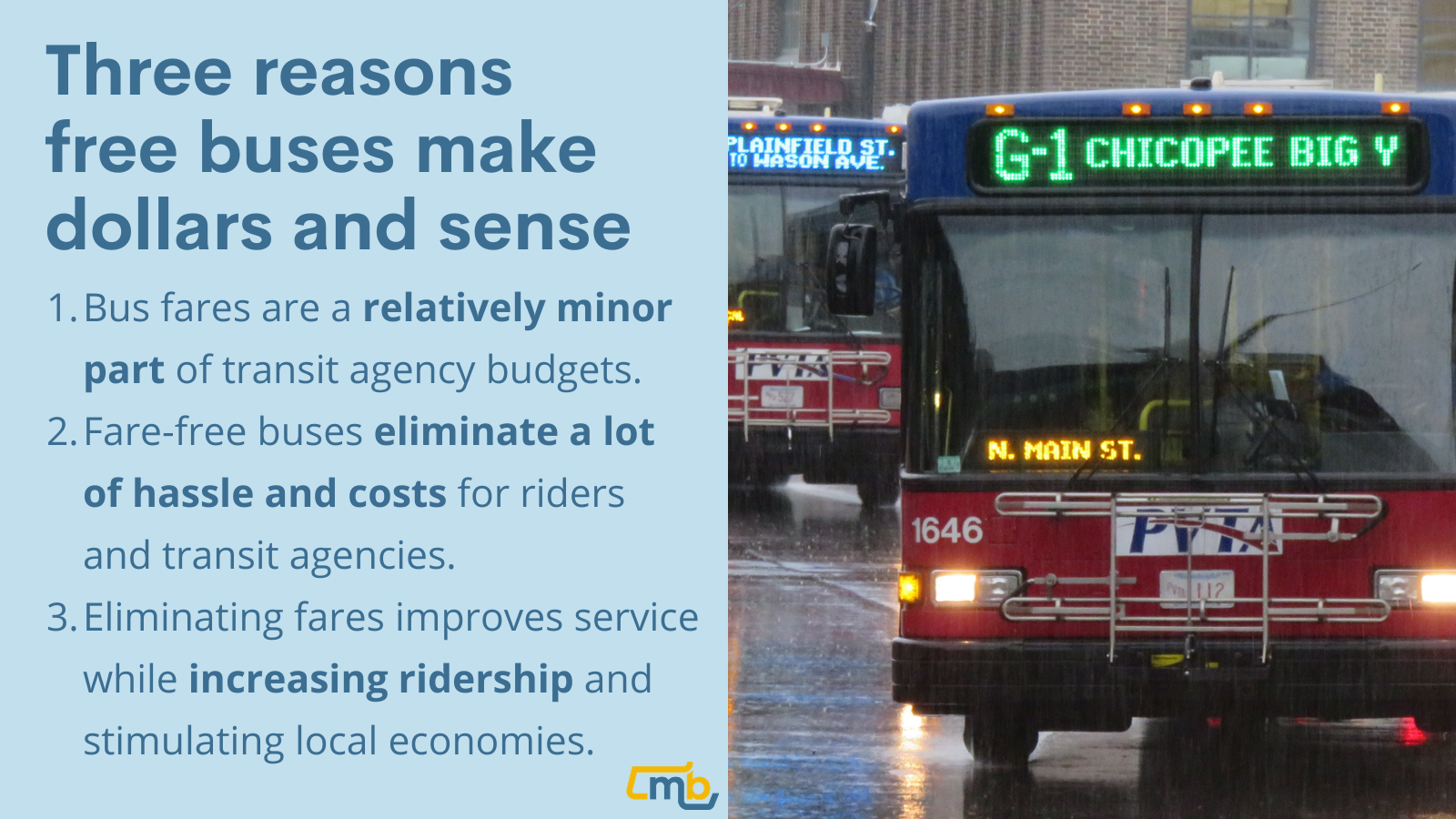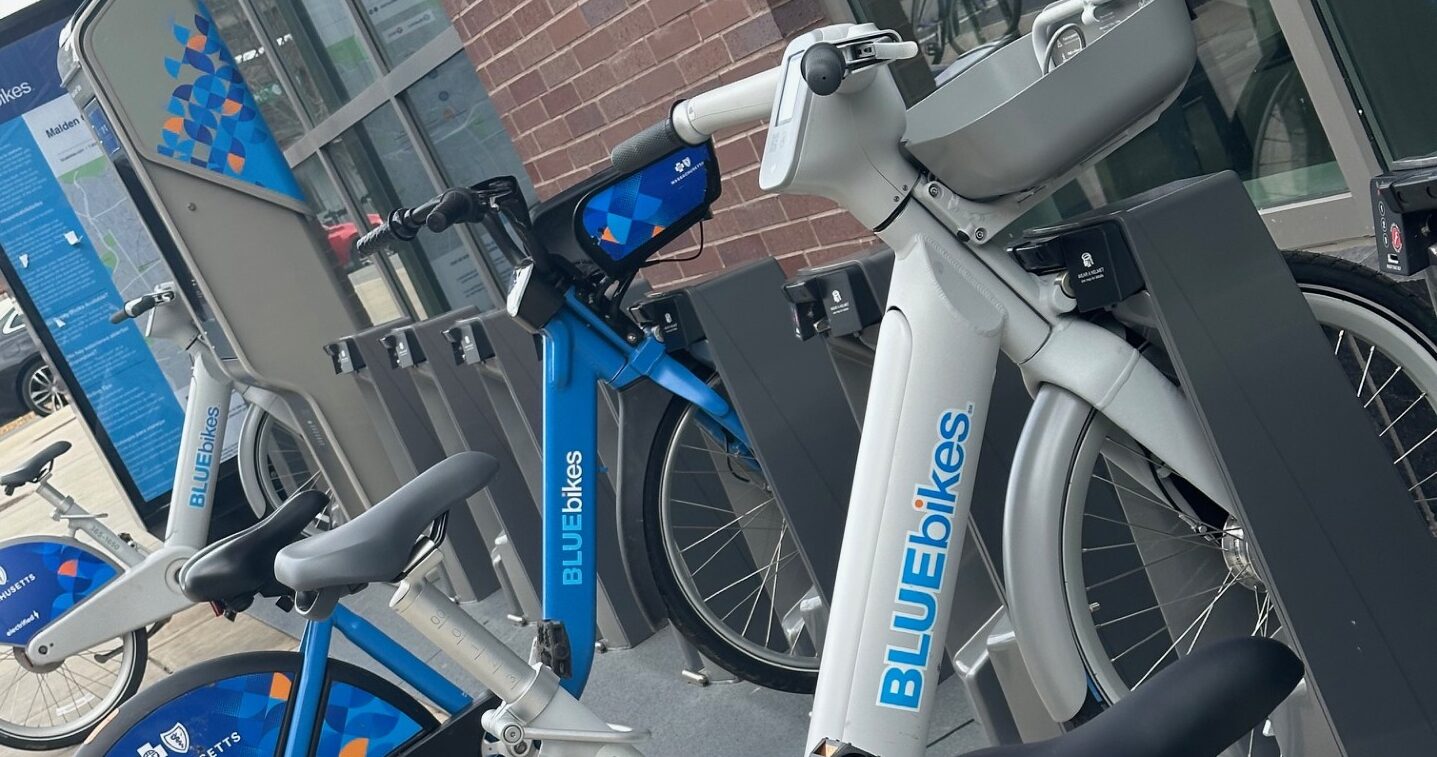Not knowing bus operations all that well, during the two month Sumner Tunnel shutdown (and arguably all the time), wouldn’t it make sense for Massport to operate its airport shuttles directly from Chelsea CR station? Similar to what they do now at Airport BL station? The double transfer from Chelsea Station to SL3 to Airport Station to Massport shuttle buses obviously discourages using this mode to access the airport. Cutting out the SL3 “middle man” would also eliminate the need for a CharlieCard as some CR riders probably only have the mTicket app (because they live in, say, Wenham). And the bus way is there and I don’t believe at any way near capacity. Lastly, there’s no center median divider in the busway so Massport buses could go around the SL3 when it stops at an SL station between Chelsea and Airport.
Proposed routing:
Chelsea station
Airport station (drop off only)
Terminals A, B, C, E
Airport station (pick up only)
Chelsea station
I included Airport station for transfers from/to Chelsea for those connecting to other Massport buses, but arguably that transfer could be eliminated because who is renting or parking a car if they’re taking public transport? Regardless, my back of envelope math says the round trip is approx 30 minutes (so long at the Chelsea Street bridge is not raised), so two buses in operation would allow for 15 minute frequencies, which line up well with Chelsea weekday peak CR schedule every 1/2 hour inbound & outbound. Massport could call it the 77 bus.
Thoughts?





